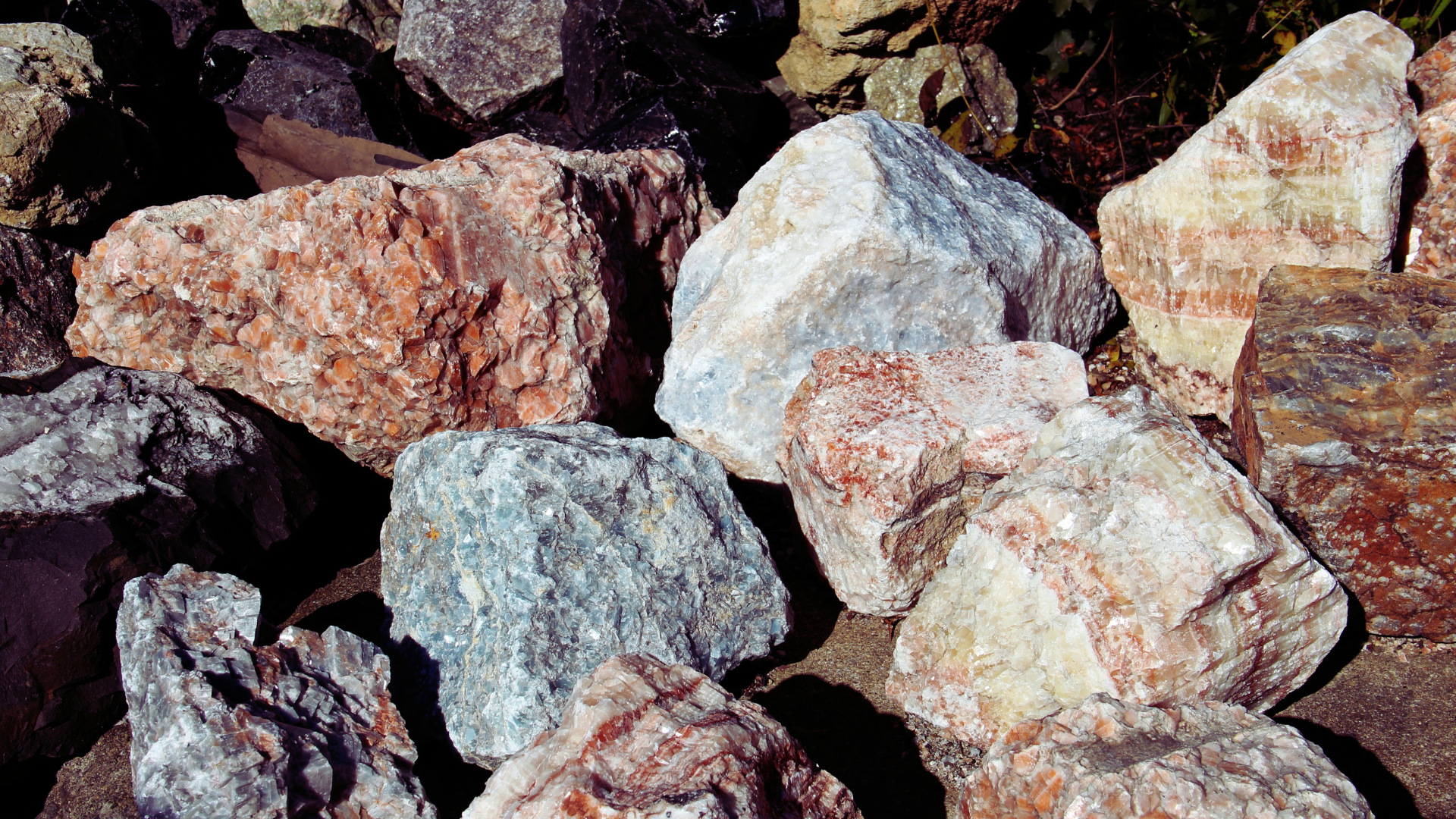Physical Address
304 North Cardinal St.
Dorchester Center, MA 02124
Physical Address
304 North Cardinal St.
Dorchester Center, MA 02124

Exploring the outdoors offers a unique opportunity to engage with the earth’s geology. Identifying common rocks and minerals during a hike not only enhances the experience but also deepens one’s appreciation for nature. By developing simple skills for recognition, hikers can gain insight into the geological history of the areas they traverse.
Those interested in hiking can learn to distinguish between different types of rocks, such as igneous, sedimentary, and metamorphic. Each type has distinct characteristics and can often be found in specific environments. Familiarizing oneself with common minerals like quartz, feldspar, and mica can also help in identifying rock types and understanding the landscape.
Arming oneself with basic knowledge and tools can make hiking more rewarding. Observing texture, color, and formation can guide hikers in their identification efforts. Connecting with the surrounding geology enriches one’s outdoor experience, making each hike an opportunity for discovery.
Identifying rocks and minerals requires an understanding of their fundamental differences, types, and formation processes. Each aspect provides essential context to recognize specimens encountered during hikes.
Rocks and minerals are distinct entities in geology. A mineral is a naturally occurring, inorganic solid with a specific chemical composition and crystalline structure. Common minerals include quartz, feldspar, and mica.
In contrast, a rock is a solid aggregate composed of one or more minerals, mineraloids, or organic material. For example, granite is a rock made primarily of quartz, feldspar, and mica. Recognizing these differences aids in accurate identification during outdoor explorations.
Rocks are categorized into three main types based on their formation processes:
Each type has unique characteristics that influence how they are identified.
The rock cycle describes the continuous transformation of rocks between their three main types.
This dynamic process highlights how geological forces shape the Earth’s composition. Understanding these cycles enables individuals to trace the history of rock formations they encounter during hikes.
When heading out for rock and mineral identification, having the right tools and adhering to safety guidelines is vital. This section details essential items to enhance the experience and ensure safety during the excursion.
A well-equipped mineral identification kit is crucial for successful rockhounding. Key tools include:
Equipping oneself with these tools ensures a more informed and engaging experience while out in nature.
Preparation and safety measures are essential for a successful outing. Here are some guidelines:
These preparations contribute to a safer and more enjoyable rock and mineral exploration experience.
Identifying rocks and minerals during a hike requires keen observation and hands-on testing. The techniques highlighted below cover essential methods used to distinguish features and properties of various specimens.
Color can provide immediate clues about a rock or mineral type. For example, quartz ranges from clear to rose and smoky varieties. Texture, the feel and appearance on the surface, also helps; igneous rocks like granite have a coarse texture, while limestone is usually fine and gritty.
Crystal structure plays a critical role in mineral identification. Many minerals form in specific geometric shapes. For instance, mica is characterized by its thin, flaky sheets. Observing these characteristics closely enables correct identification and enhances understanding of geological formation.
Hardness is assessed using the Mohs scale, which ranks minerals from 1 to 10 based on scratch resistance. For example, talc is soft (1), while diamond is the hardest (10). A simple scratch test can help determine a mineral’s hardness.
The streak test involves rubbing a mineral on unglazed porcelain. This produces a powdered form of the mineral, revealing its true color. Luster describes how light interacts with a mineral’s surface. Minerals can be glassy, metallic, or dull. Checking these traits helps differentiate between similar-looking specimens.
Quartz is commonly found in many regions and can be recognized by its glassy appearance and hardness. It often occurs in clear or milky varieties, making it versatile in identification. Mica presents a shiny, sheet-like form that can be peeled away with ease.
Other common minerals include feldspar and calcite. Feldspar has a distinct cleavage and can have pink or white coloration. Calcite often fizzes when diluted with acid, indicating its presence.
Fossils offer unique insights into past environments and can be identified by their shapes and patterns. Marine fossils like shells often exhibit distinct outlines. Recognizing layering in sedimentary rocks can indicate historical deposition environments.
Certain rock features, such as banding or foliation, point to specific geological processes. For example, schist displays visible bands, indicating metamorphic origins. Observing these features enhances one’s appreciation and understanding of geology in the field.
Understanding the features of the landscape and the forces that shaped them enhances the hiking experience. Recognizing various landforms and identifying notable locations can make a hike both educational and enjoyable.
Landforms provide valuable insights into the local geology. In regions like the Rocky Mountains, hikers encounter rugged peaks and deep valleys, showcasing processes of mountain building and erosion.
In contrast, plate tectonics significantly influences landscapes elsewhere. In areas like Utah, visitors may see unique formations such as mesas and buttes formed by erosion. Identifying these geological characteristics helps hikers appreciate the Earth’s history and the forces that continue to shape the terrain.
Certain locations are ideal for finding interesting rocks and minerals. Yellowstone National Park offers a treasure trove of geothermal features, including hot springs and mineral deposits.
Beaches often reveal fossils and sedimentary rocks, while deserts can showcase various mineral formations, including quartz crystals. River systems, especially meandering rivers, frequently expose sedimentary layers during floods, making these sites worth exploring for unique materials.
Natural elements significantly shape landscapes. Rivers create valleys, deltas, and sediment deposits, providing opportunities to examine erosion patterns. Additionally, glaciers sculpt the terrain, leaving behind features like U-shaped valleys and moraines.
Wind plays a crucial role in desert environments, forming dunes and shaping rock formations. Waves constantly reshape shorelines, mixing marine and terrestrial geology. Observing these interactions gives a deeper understanding of Earth’s dynamic processes.